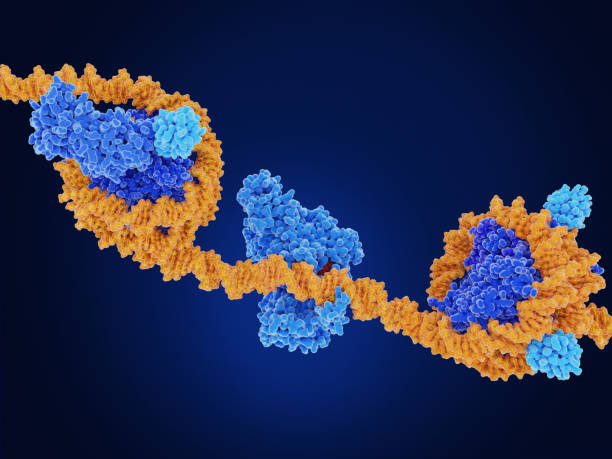Unveiling the Secret Lives of Tardigrades: Earth's Tiniest Survivors
The microscopic world teems with extraordinary creatures, but none quite as captivating as the tardigrade. These minuscule marvels, also known as water bears or moss piglets, have captured the imagination of scientists and nature enthusiasts alike. With their uncanny ability to withstand extreme conditions and their alien-like appearance, tardigrades have become the subject of intense research and fascination in recent years.

The Remarkable Resilience of Tardigrades
Tardigrades are renowned for their extraordinary ability to survive in extreme conditions. These tiny creatures can withstand temperatures ranging from near absolute zero to well above boiling point, making them one of the most adaptable organisms on the planet. They achieve this remarkable feat through a process called cryptobiosis, where they enter a state of suspended animation by reducing their metabolic activity to near zero.
During cryptobiosis, tardigrades can survive without water for decades, endure intense radiation, and even withstand the vacuum of space. This ability has led scientists to study tardigrades for potential applications in space exploration and developing new technologies for preserving biological materials.
Unraveling the Tardigrade Genome
Recent advancements in genetic sequencing have allowed researchers to delve deeper into the tardigrade’s unique biology. In 2015, scientists successfully sequenced the genome of a tardigrade species, revealing fascinating insights into their evolutionary history and survival mechanisms.
The genome analysis showed that tardigrades have acquired a significant number of foreign genes through horizontal gene transfer, a process where genetic material is exchanged between different species. This genetic diversity is believed to contribute to their incredible resilience and adaptability.
Tardigrades in Popular Culture and Education
The rise of tardigrade awareness has extended beyond scientific circles, making its way into popular culture and education. These tiny creatures have become unlikely mascots for resilience and adaptability, appearing in various forms of media, including documentaries, children’s books, and even plush toys.
Educational institutions have also embraced tardigrades as a fascinating subject for teaching biology and environmental science. Their unique characteristics and survival abilities provide an engaging way to introduce students to concepts such as adaptation, evolution, and the diversity of life on Earth.
Tardigrades and Biotechnology
The extraordinary abilities of tardigrades have not gone unnoticed by the biotechnology industry. Researchers are exploring ways to harness the tardigrade’s survival mechanisms for various applications, including developing new preservation techniques for vaccines and organ transplants.
One area of particular interest is the study of tardigrade proteins that enable them to withstand extreme desiccation. Scientists hope to apply these findings to develop new methods for preserving biological materials at room temperature, potentially revolutionizing the storage and transportation of medical supplies and vaccines.
Conservation and Ethical Considerations
As interest in tardigrades continues to grow, so do concerns about their conservation and ethical treatment. While these microscopic animals are found in abundance worldwide, some species may be at risk due to habitat loss and environmental changes.
The scientific community is grappling with ethical questions surrounding the use of tardigrades in research, particularly in space experiments. As we continue to explore the potential applications of tardigrade biology, it is crucial to consider the ethical implications and ensure responsible research practices.
The Future of Tardigrade Research
The field of tardigrade research is rapidly evolving, with new discoveries constantly expanding our understanding of these fascinating creatures. Future studies are likely to focus on unraveling the molecular mechanisms behind their extreme survival abilities and exploring potential applications in medicine, biotechnology, and space exploration.
As we continue to unlock the secrets of tardigrades, these tiny animals serve as a reminder of the incredible diversity and resilience of life on Earth. Their ability to survive in extreme conditions not only captivates our imagination but also offers valuable insights into the adaptability of life and the potential for survival in harsh environments beyond our planet.





